When selecting an ergonomic workstation, it's essential to focus on a few key factors to ensure it supports your comfort, productivity, and long-term needs. A well-designed workstation can prevent health issues like back pain and repetitive strain injuries while boosting your overall efficiency and comfort. Here's a guide on what to look for when choosing the perfect ergonomic workstation.
1. Customization to Meet Your Needs and Preferences
A workstation that offers customization is essential for adapting to your specific needs, body type, and preferences. Everyone has different ergonomics, and your ideal setup will depend on your posture, how you work, and the types of tasks you perform.
- Adjustable Seating: Look for a workstation with customizable seating options, such as height, backrest angle, and armrest positioning. This allows for optimal lumbar support, minimizing pressure on your back and helping you maintain a neutral spine position throughout the day.
- Personalization Features: Many ergonomic workstations, like the Emperor S2, offer a range of configurable features, from the chair’s upholstery to customizable seating adjustments, which allow you to design a workstation that fits your unique requirements.
2. Durability for Long-Term Use
Durability is an often-overlooked factor when choosing an ergonomic workstation. The materials and craftsmanship should ensure that the workstation can withstand daily use without losing comfort or support.
- High-Quality Materials: Invest in a workstation made with robust materials, such as high-grade steel or heavy-duty plastics, which provide longevity and resistance to wear and tear. This will save you from frequent replacements and costly repairs.
- Build Quality: Choose a workstation with sturdy components, such as a solid base and a reliable mechanism for height adjustment. This ensures that all parts stay functional for years, maintaining the ergonomic benefits over time. Look for a 3 to 5 year warranty range.
3. Adapting to Evolving Needs
As your work demands evolve, so should your workstation. A flexible ergonomic solution should be able to grow with you, accommodating new tasks, technologies, and even lifestyle changes.
- Upgradable Components: Opt for workstations that allow you to easily upgrade key components as your needs change. For example, adding a larger monitor, incorporating a better chair, or adjusting desk height as your comfort preferences evolve can keep the workstation relevant long-term.
- Future-Proof Design: Look for ergonomic workstations designed with adaptability in mind. Features like modular desks, adjustable seating, and the ability to add new accessories (such as monitor arms or footrests) can help you maintain a productive and comfortable setup, even as your requirements change over time.
Conclusion
Choosing the right ergonomic workstation is crucial for both short-term comfort and long-term well-being. By focusing on customization, durability, and the ability to adapt to your changing needs, you can create a workspace that will keep you comfortable and productive for years to come. The Emperor S2 is a prime example of how personalization and durability can come together to create an ergonomic solution that evolves with your needs

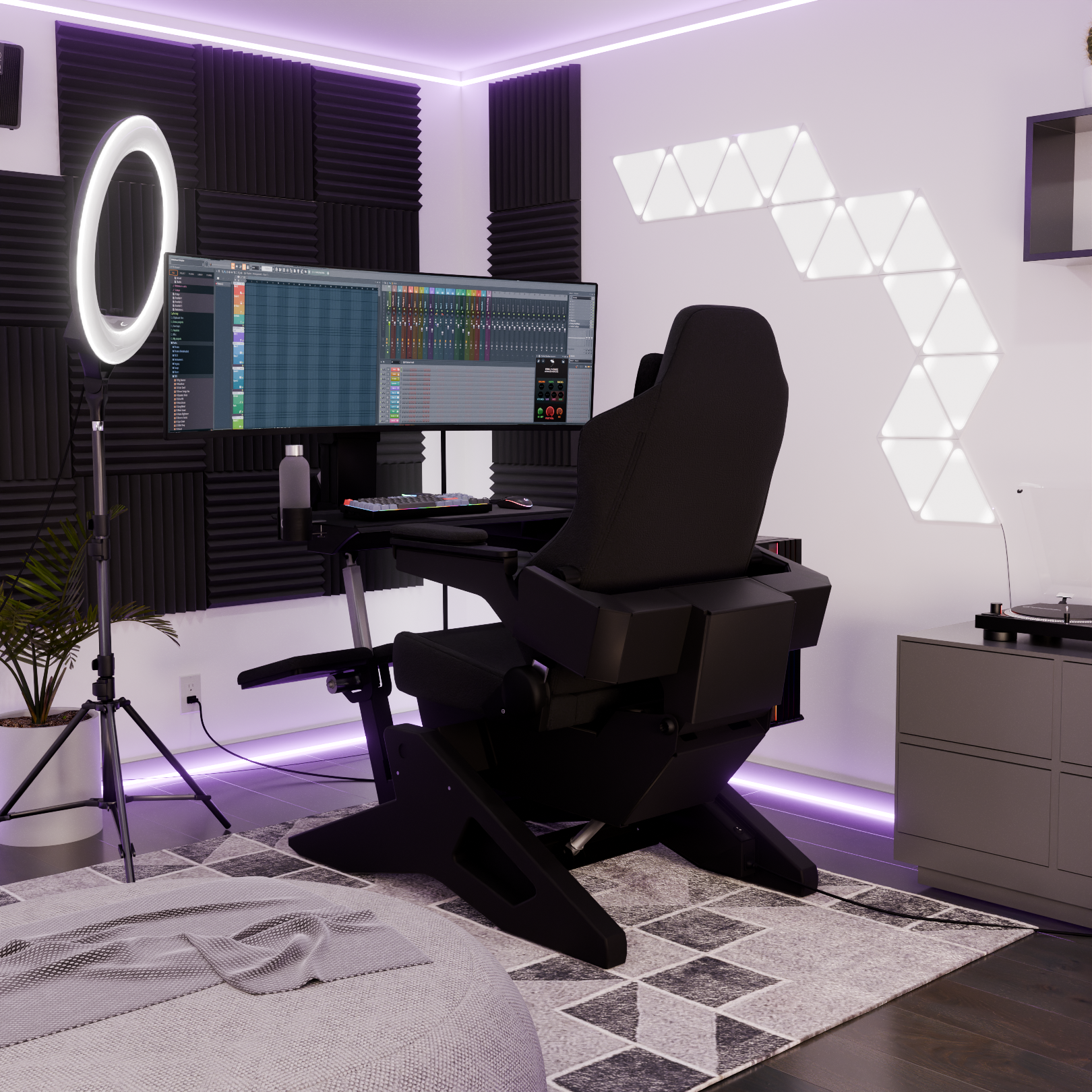
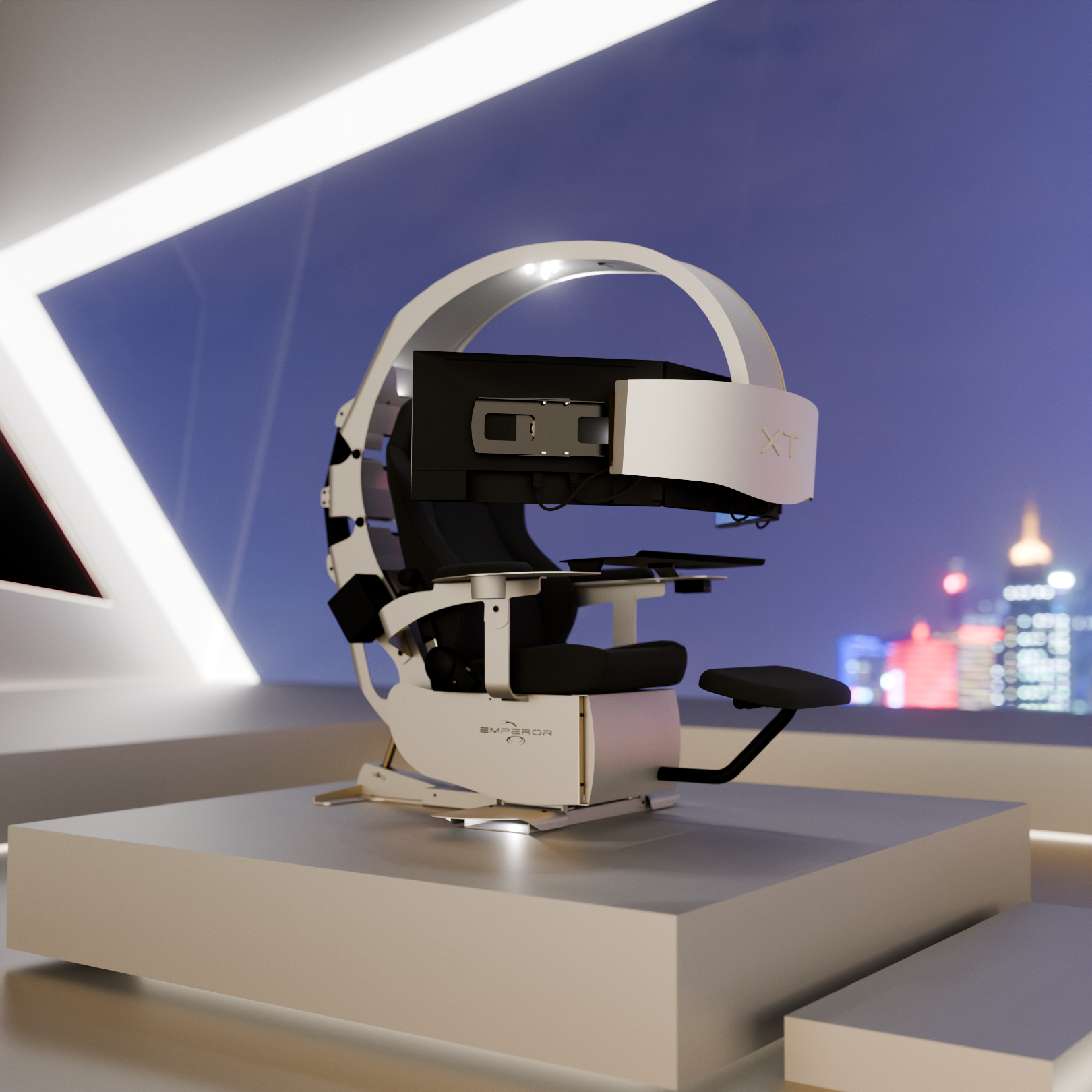
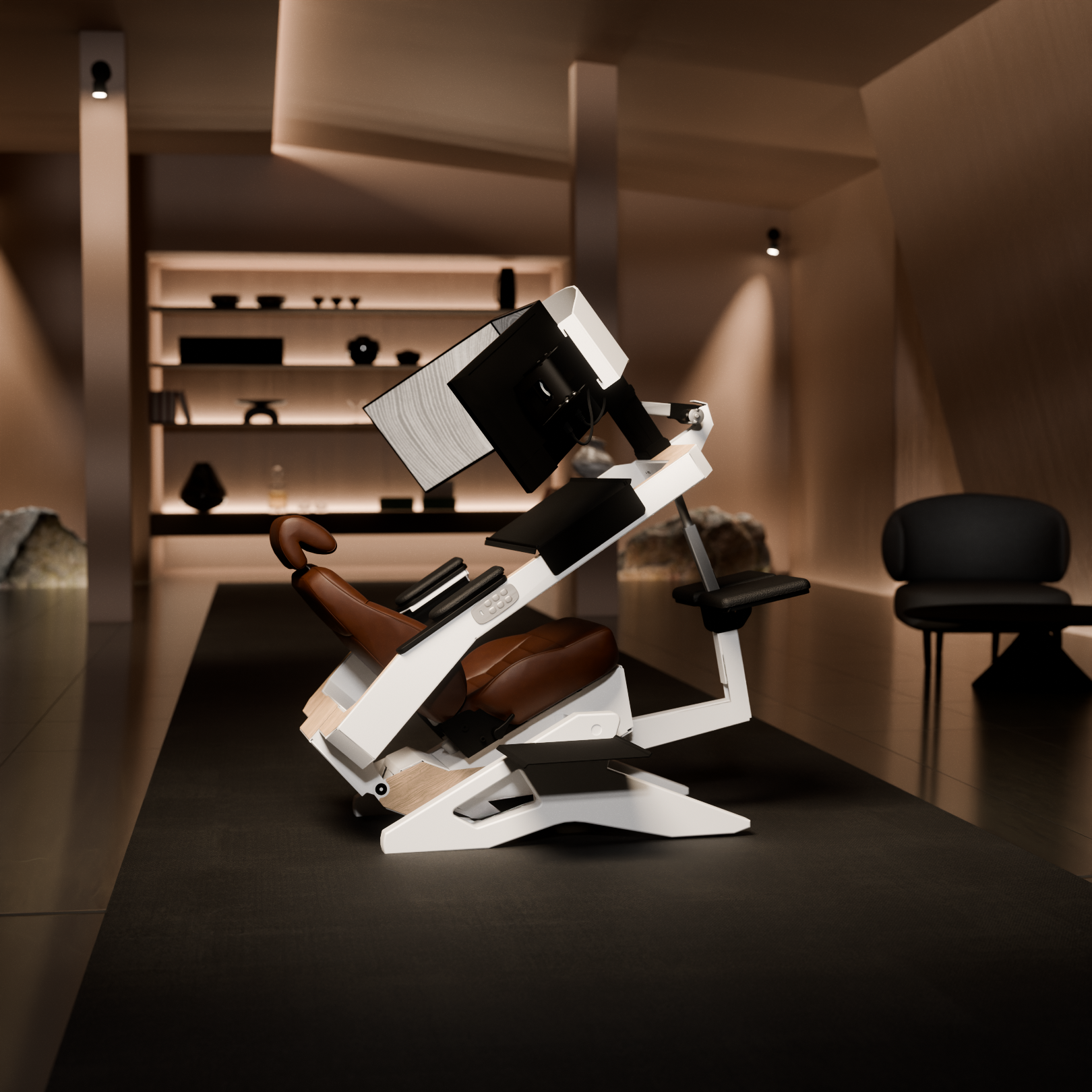
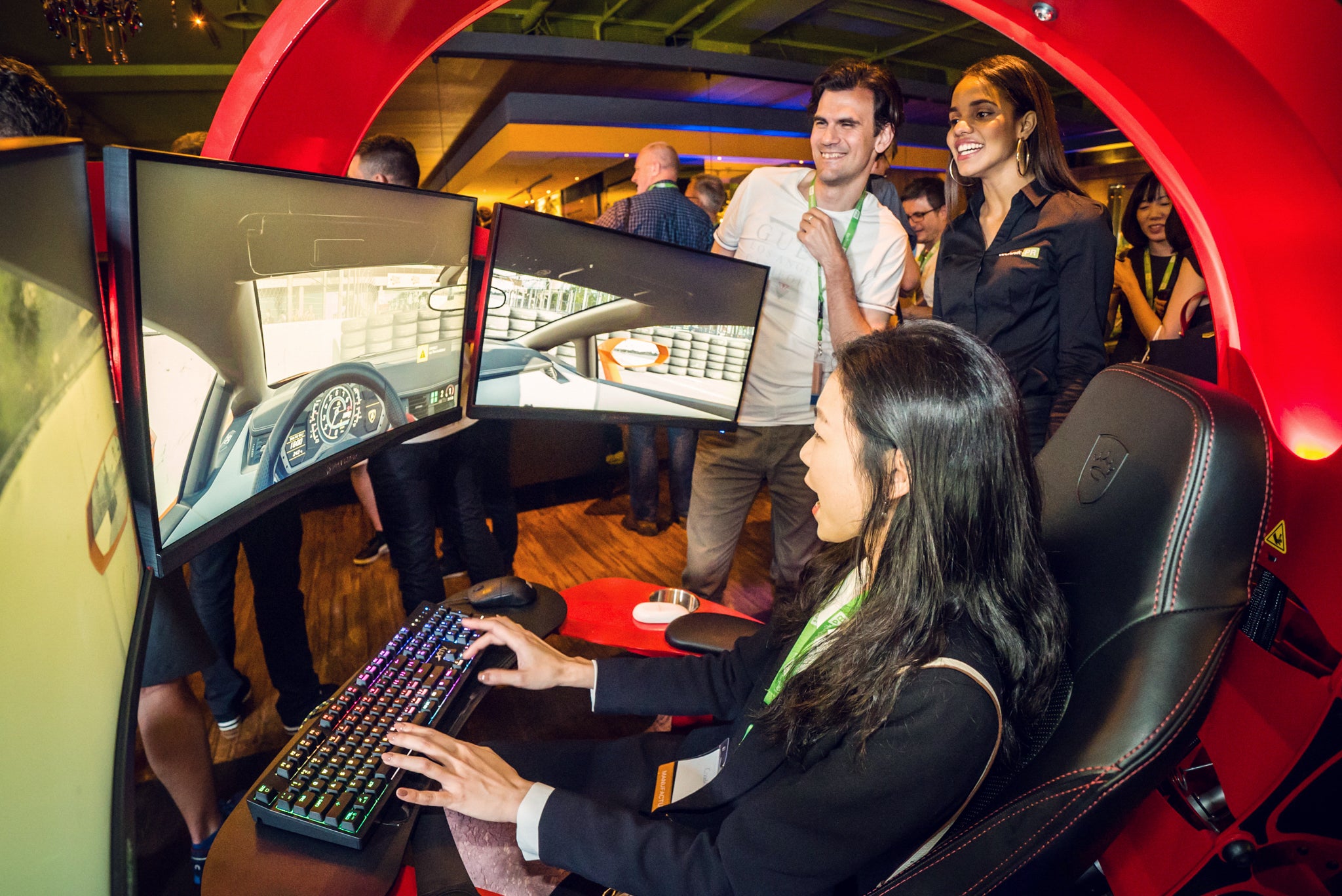
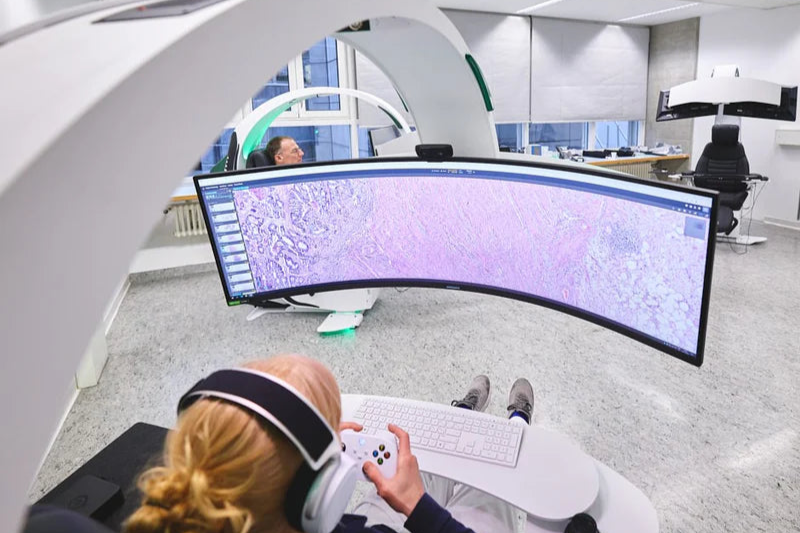
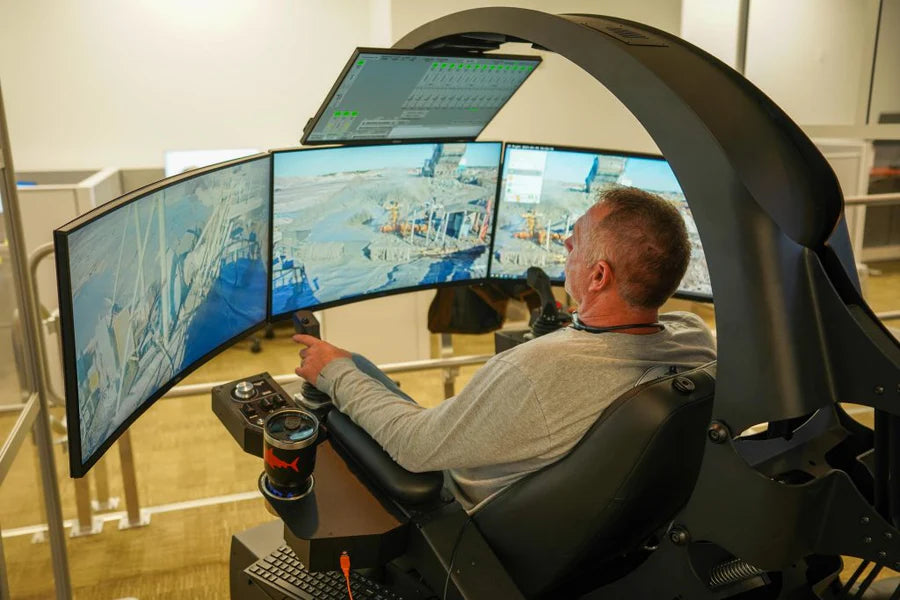
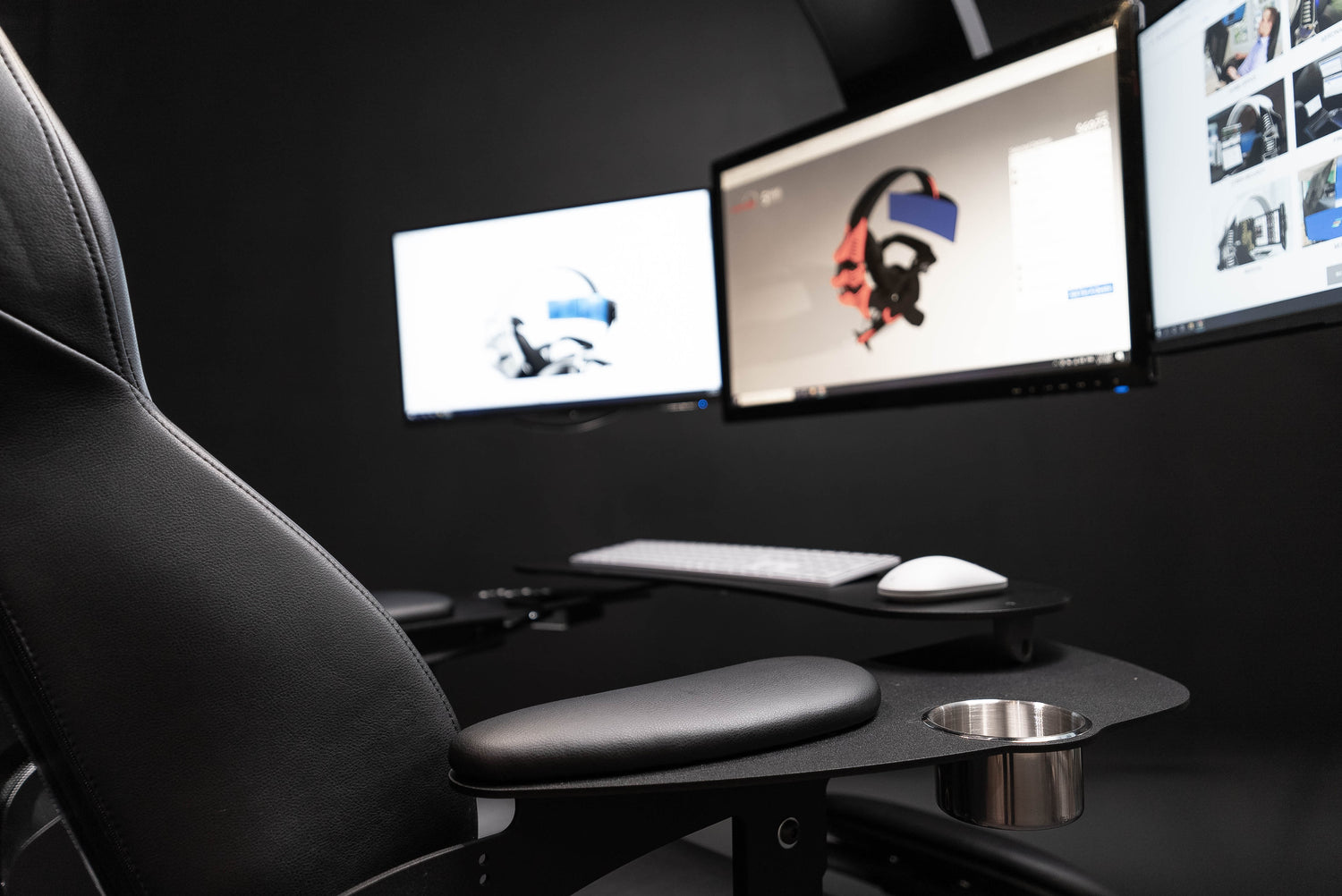
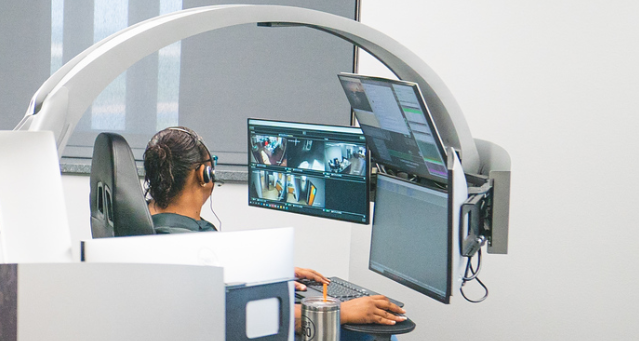
Leave a comment
All comments are moderated before being published.
This site is protected by hCaptcha and the hCaptcha Privacy Policy and Terms of Service apply.